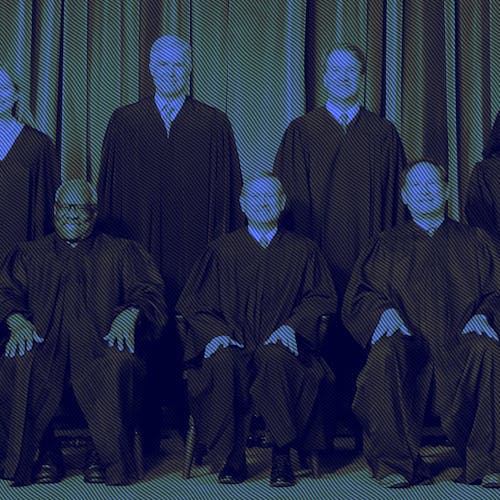UZUMCU: Islamophobia’s roots can be traced back for centuries

Donald J. Trump’s presidency implies a multitude of possible legal and political horrors for Muslim people in America. But what about the work that has already created the foundation of Islamophobia and orientalism? Specifically, I am referring to the archive of grotesque misrepresentations of Muslims in the media, film and literature. Muslim caricatures on screen, once limited to roles of belly dancers and angry tribesmen, have now shifted into terrorists, representing them as imminent threats to humanity. The tropes surrounding Muslim people and Arabs surged in the early 2000s, primarily through films and media depicting the Middle East as a haven for flag-burning terrorists. Such one-dimensional, xenophobic and vastly misleading representations in cinema produces homogenized processes in the American psyche that interprets Muslim and Middle Eastern bodies in a negative light.
There is a distinct process of producing and consuming the Muslim caricature, who works through evil plots and screams threats. The eradication and demise of the Arab lead to an acceptable world. A whole imagination forms around the singular Muslim. There is no such "sphere" as the Muslim world. In the Middle East multiple religious, ethnic and political identities coincide and intersect with one another. The country with the highest Muslim population is not even in the Middle East, and yet media bites on Islam in the Middle East has become a deeply informative way in which Americans construct the region.
Thus singular identities of entire regions formed by the media, literature and film inform the American public. Consuming media in a misinformed fashion does more to imagine life in the Middle East than to actually provide accurate snapshots of it. The mystic unfamiliarity of the Orient inversely becomes a much more familiar whiff of European and American racism.
The (mis)representations do more to fearmonger and produce the concept of the "other," which in turn allow us to understand our own fears and hatred. The imagery of the angry, irrational, sexually frustrated, homophobic, illiterate Muslim man and the meek, oppressed, exotified Muslim woman are only supported in the American and European archive — for good reason, too. One of the most compelling arguments given by the Bush administration to the American public was its promise to save the oppressed Afghan women from their terrorist men. And now, Germany’s Chancellor, Angela Merkel, leads a ban on the burqa from public life. Upon following the level of German political discourse barring Syrian "migrant" immigration, this policy is not outside the realm of representations that link Muslims to hostility. In voicing the need to ban the burqa, the German state is proposing a particular kind of regulation of Muslim bodies in the name of security.
The European Union has been going back and forth with Turkey on “the EU deal,” designed to secure the European border from the existential threat of Syrian "migrants." The language in addressing the Syrian crisis is not to pass without criticism. Syrians are discussed like immigrants trying to threaten the livelihood of German citizenry by stealing jobs when in fact they are refugees fleeing from a brutal siege. The language of security, designed to curb immigration, is understood very quickly. The language draws from a naturalized process, associating Islam as the opposing ideology to Western capitalism, when indeed it examples of neoliberal Islamist regimes, like Erdogan’s Justice and Development Party in Turkey is available. Indeed, the extensive European and American archive of literature, cinema and media have plagued a Western imagination of Islam that is nothing more than a fiction — a total figment that informs us more about the Islamophobic racism that supports political practices.
Meryem Uzumcu is a School of Arts and Sciences senior majoring in planning and public policy, Middle Eastern studies and women’s and gender studies. Her column, “Fahrenheit 250,” runs on alternate Tuesdays.
YOUR VOICE | The Daily Targum welcomes submissions from all readers. Due to space limitations in our print newspaper, letters to the editor must not exceed 500 words. Guest columns and commentaries must be between 700 and 850 words. All authors must include their name, phone number, class year and college affiliation or department to be considered for publication. Please submit via email to [email protected] by 4 p.m. to be considered for the following day’s publication. Columns, cartoons and letters do not necessarily reflect the views of the Targum Publishing Company or its staff.



